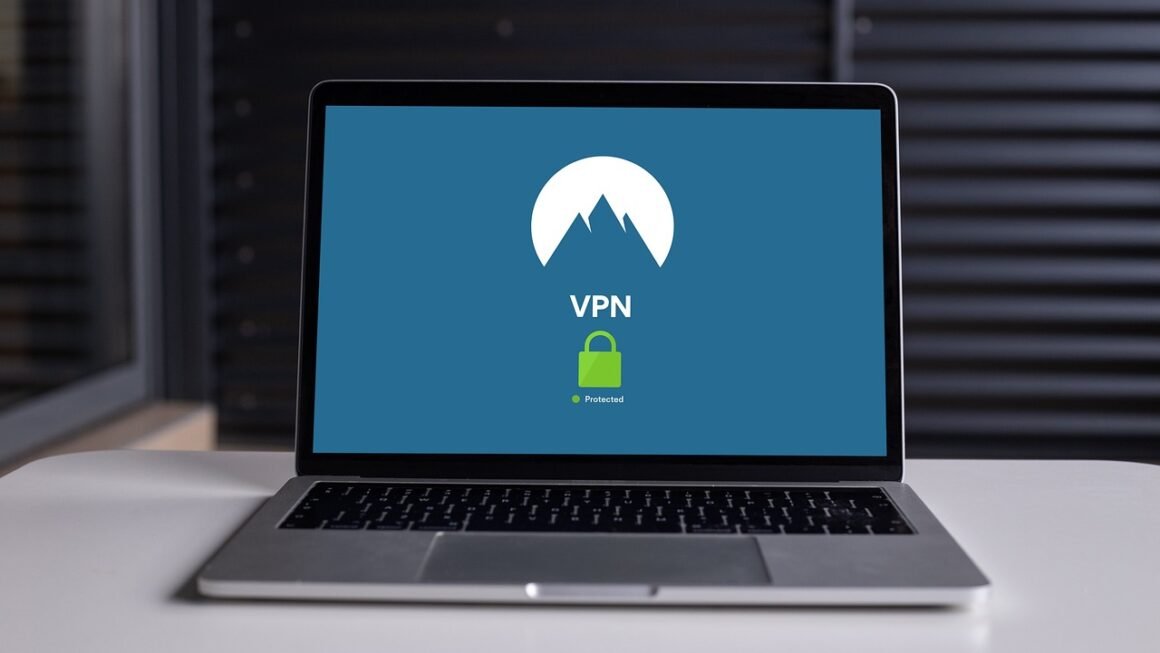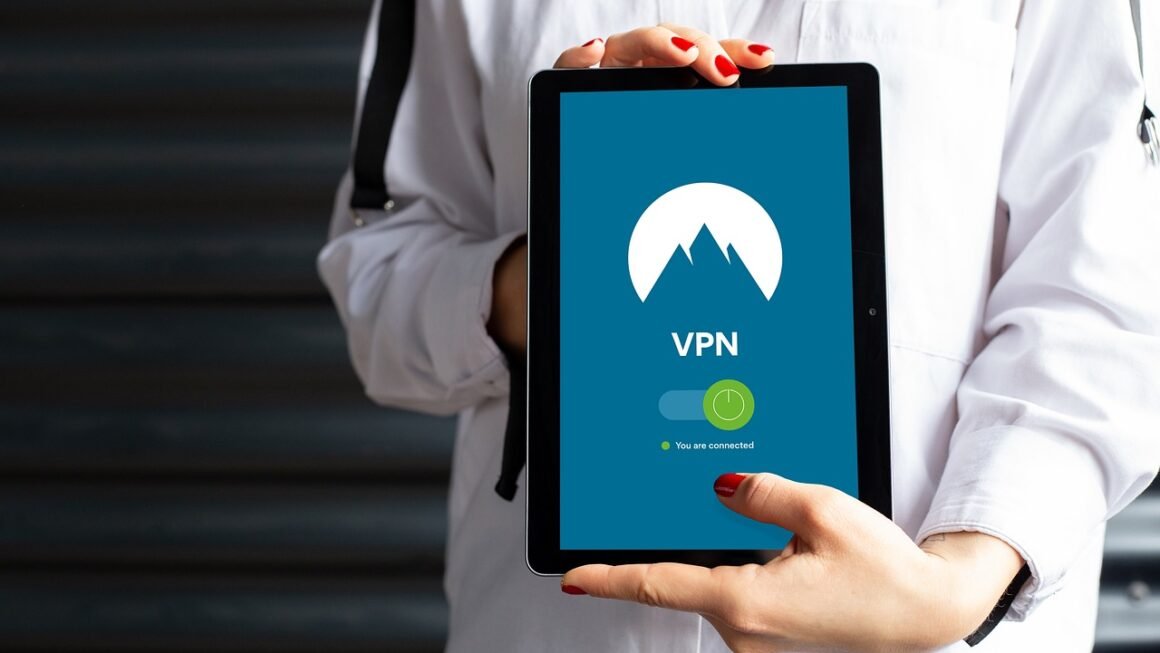In today’s interconnected world, businesses face an ever-growing number of cyber threats targeting various endpoints, from laptops and smartphones to servers and cloud instances. Effective endpoint security is no longer optional but a critical component of a robust cybersecurity posture. This blog post will explore the ins and outs of endpoint security, covering its importance, key components, best practices, and future trends.
Understanding Endpoint Security
What are Endpoints?
Endpoints are any devices that connect to your network. These devices can be:
- Laptops
- Desktops
- Smartphones
- Tablets
- Servers
- Virtual Machines
- IoT Devices (e.g., smart thermostats, security cameras)
Essentially, anything that connects to your network and can be a potential entry point for cyberattacks is considered an endpoint. With the proliferation of remote work and the Bring Your Own Device (BYOD) trend, the number of endpoints connected to corporate networks has exploded, significantly expanding the attack surface.
Why is Endpoint Security Important?
Endpoint security is crucial because it:
- Protects sensitive data: Prevents unauthorized access to confidential business information.
- Reduces the risk of data breaches: Minimizes the likelihood of costly and damaging data breaches. According to IBM’s 2023 Cost of a Data Breach Report, the average cost of a data breach reached $4.45 million.
- Maintains business continuity: Ensures that critical business operations can continue uninterrupted in the event of a cyberattack.
- Ensures regulatory compliance: Helps organizations meet the requirements of various data privacy regulations, such as GDPR, HIPAA, and PCI DSS.
- Enhances overall security posture: Strengthens the overall cybersecurity defenses of the organization.
Common Endpoint Threats
Endpoints are vulnerable to a wide range of threats, including:
- Malware: Viruses, worms, Trojans, ransomware, and spyware that can infect endpoints and compromise their functionality.
- Phishing: Deceptive emails or websites designed to trick users into revealing sensitive information, such as passwords or credit card details.
- Zero-day exploits: Attacks that exploit previously unknown vulnerabilities in software or hardware.
- Insider threats: Malicious or negligent actions by employees or contractors that compromise endpoint security.
- Advanced Persistent Threats (APTs): Sophisticated, long-term attacks targeting specific organizations.
Key Components of Endpoint Security
Endpoint Detection and Response (EDR)
EDR is a critical component that provides real-time monitoring, threat detection, and automated response capabilities. EDR solutions continuously monitor endpoint activity, collect and analyze data, and identify suspicious behavior. When a threat is detected, EDR can automatically isolate the affected endpoint, contain the spread of the attack, and initiate remediation measures.
Example: An EDR solution detects unusual file encryption activity on an employee’s laptop. It immediately isolates the laptop from the network and alerts the security team, preventing the spread of ransomware.
Antivirus and Anti-Malware
Traditional antivirus software remains an essential layer of protection. These solutions scan files and programs for known malware signatures and block or remove malicious threats. Modern antivirus solutions often incorporate behavioral analysis and machine learning to detect new and evolving malware variants.
Firewall Protection
Firewalls act as a barrier between endpoints and the network, controlling network traffic based on predefined rules. Endpoint firewalls can block unauthorized access to endpoints and prevent malicious traffic from entering or leaving the device.
Data Loss Prevention (DLP)
DLP solutions prevent sensitive data from leaving the organization’s control. They monitor data usage and movement on endpoints and can block or encrypt sensitive data that is being transferred to unauthorized locations, such as personal email accounts or USB drives.
Example: A DLP solution prevents an employee from copying confidential customer data to a personal USB drive.
Vulnerability Management
Regularly scanning endpoints for vulnerabilities and applying security patches is essential for mitigating risks. Vulnerability management solutions identify outdated software, missing patches, and other security weaknesses that could be exploited by attackers. These solutions often automate the patching process, ensuring that endpoints are protected against known vulnerabilities.
Device Control
Device control policies restrict the use of unauthorized devices on endpoints, such as USB drives or external hard drives. This helps to prevent the introduction of malware or the exfiltration of sensitive data.
Best Practices for Endpoint Security
Implement a Multi-Layered Approach
A multi-layered approach to security involves using a combination of different security controls to protect endpoints. This includes antivirus software, firewalls, intrusion detection systems, and other security tools. By using multiple layers of defense, organizations can reduce the risk of a successful attack.
Keep Software Up-to-Date
Regularly update operating systems, applications, and security software to patch known vulnerabilities. Enable automatic updates whenever possible to ensure that endpoints are always protected with the latest security patches.
Enforce Strong Password Policies
Implement strong password policies that require users to create complex passwords and change them regularly. Enforce multi-factor authentication (MFA) for all critical applications and services to add an extra layer of security.
Provide Security Awareness Training
Educate employees about common cyber threats, such as phishing and social engineering, and provide training on how to identify and avoid these attacks. Conduct regular security awareness training sessions to keep employees up-to-date on the latest threats and best practices.
Monitor Endpoint Activity
Continuously monitor endpoint activity for suspicious behavior and investigate any anomalies. Use security information and event management (SIEM) systems to collect and analyze security logs from endpoints and other network devices.
Regularly Back Up Data
Back up critical data regularly to protect against data loss due to malware infections, hardware failures, or other disasters. Store backups in a secure location that is separate from the production environment.
The Future of Endpoint Security
Artificial Intelligence (AI) and Machine Learning (ML)
AI and ML are increasingly being used to enhance endpoint security by automating threat detection, improving response times, and predicting future attacks. These technologies can analyze large volumes of data to identify patterns and anomalies that would be difficult for humans to detect.
Extended Detection and Response (XDR)
XDR takes EDR a step further by integrating security data from multiple sources, such as endpoints, networks, and cloud environments. This provides a more comprehensive view of the threat landscape and enables faster and more effective threat detection and response.
Zero Trust Architecture
The zero trust security model assumes that no user or device is trusted by default, regardless of whether they are inside or outside the network perimeter. This requires verifying the identity of every user and device before granting access to resources.
Cloud-Based Endpoint Security
Cloud-based endpoint security solutions offer a number of advantages, including scalability, flexibility, and reduced management overhead. These solutions can be easily deployed and managed from the cloud, providing organizations with a cost-effective way to protect their endpoints.
Conclusion
Endpoint security is an essential component of a comprehensive cybersecurity strategy. By understanding the threats facing endpoints, implementing the right security controls, and following best practices, organizations can protect their sensitive data, maintain business continuity, and ensure regulatory compliance. Staying informed about emerging trends and technologies will be crucial for maintaining a strong endpoint security posture in the future. Consider conducting a security audit to assess your current endpoint security measures and identify areas for improvement. Investing in robust endpoint security is an investment in the overall security and resilience of your organization.



